Laurent Autrique Homepage |
Laris - Université d'Angers | |||||
 |
||||||
| Home | Research projects | Publications | Teaching | Videos | ||
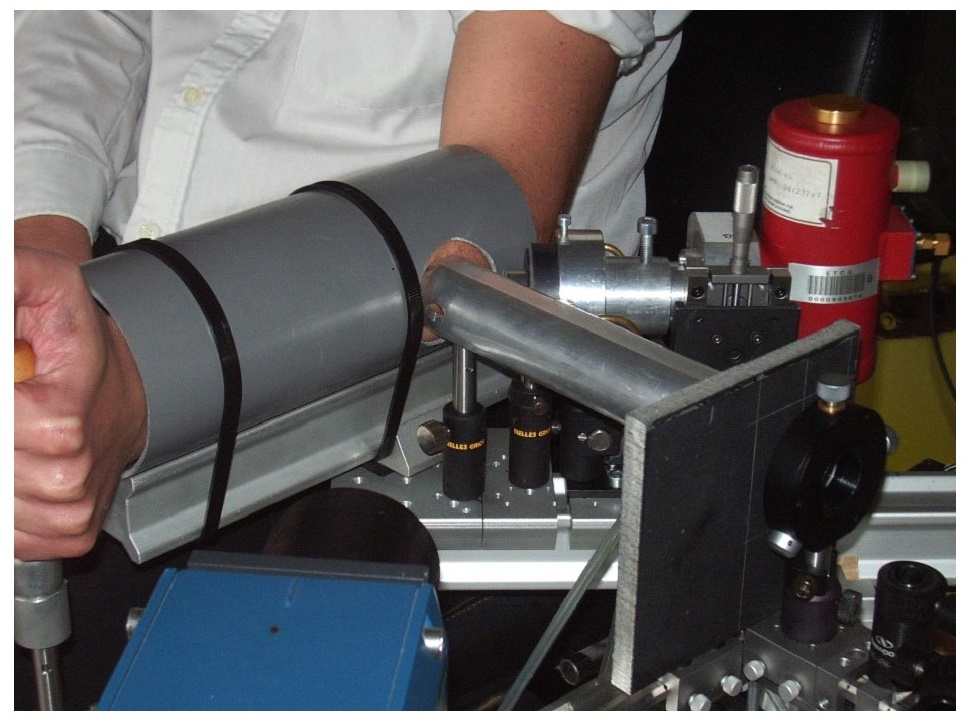 Parametric identification: pulsed photothermal approach is attractive for the identification of thermal diffusivity or thermal conductivity in isotropic or orthotropic materials. For such methods based on the analysis of thermal waves induced by periodic excitation, a frequency sweep at a single point in space or spatial fluctuations at a single frequency could be considered. In such a context, in order to assert both the precision and the robustness of the signal processing, a complete mathematical study must be carried out. In addition, a sensitivity analysis allows us to implement an optimal strategy for the identification of unknown parameters. The direct model and the inverse problem are validated both on numerical simulation and on known materials. Then, several experimental devices were developed:
Parametric identification: pulsed photothermal approach is attractive for the identification of thermal diffusivity or thermal conductivity in isotropic or orthotropic materials. For such methods based on the analysis of thermal waves induced by periodic excitation, a frequency sweep at a single point in space or spatial fluctuations at a single frequency could be considered. In such a context, in order to assert both the precision and the robustness of the signal processing, a complete mathematical study must be carried out. In addition, a sensitivity analysis allows us to implement an optimal strategy for the identification of unknown parameters. The direct model and the inverse problem are validated both on numerical simulation and on known materials. Then, several experimental devices were developed:
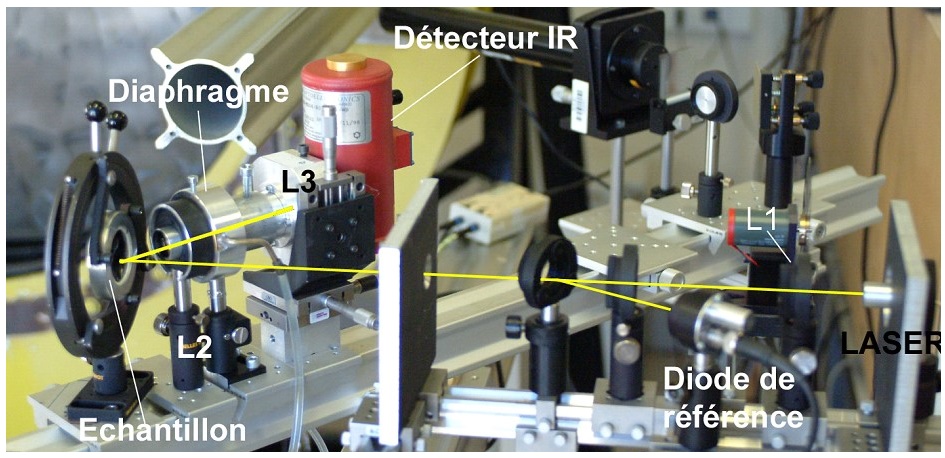 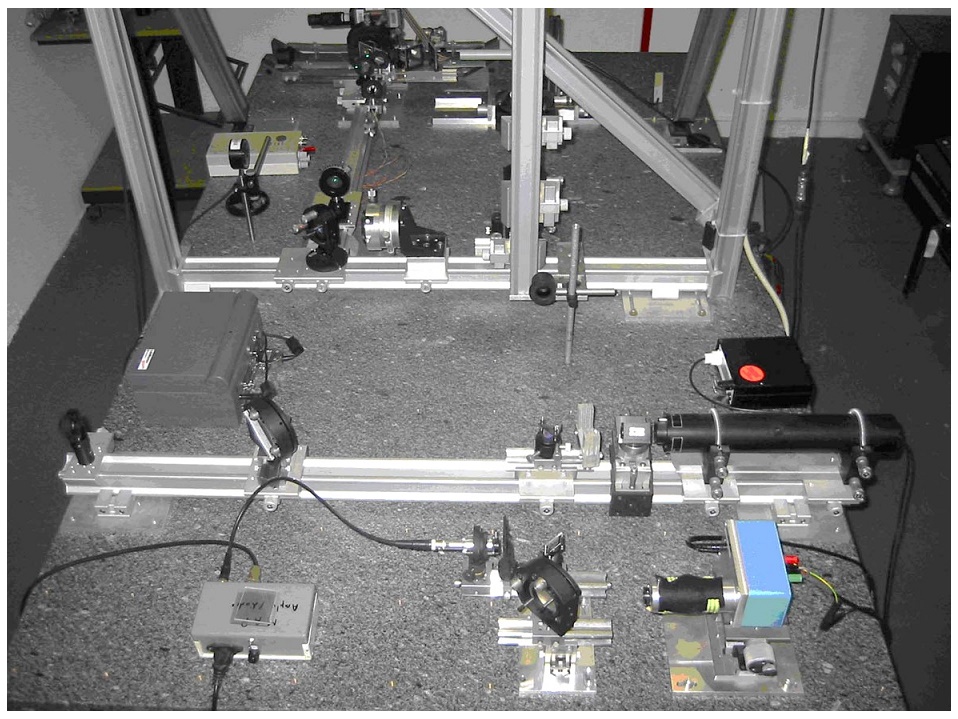 NDT & Diagnosis: the development of innovative materials with specific properties requires the design of non-destructive testing (NDT) methods. The main objective of this research project is to locate a possible defect in a material using an original thermal method based on frequency analysis. The modulated thermography applied to a zone of reduced dimension could reveal defects in a material. The main drawback of this "local" approach is the inspection time required to evaluate large surface. Indeed a complete cartography of the material is time consuming and limits the method implementation in an industrial context. A new approach has to be investigated and validated in order to reduce the scanning time.
NDT & Diagnosis: the development of innovative materials with specific properties requires the design of non-destructive testing (NDT) methods. The main objective of this research project is to locate a possible defect in a material using an original thermal method based on frequency analysis. The modulated thermography applied to a zone of reduced dimension could reveal defects in a material. The main drawback of this "local" approach is the inspection time required to evaluate large surface. Indeed a complete cartography of the material is time consuming and limits the method implementation in an industrial context. A new approach has to be investigated and validated in order to reduce the scanning time.
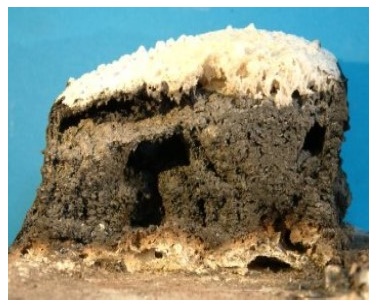 62 avenue notre dame du lac, 49000 Angers Phone : +33 244 687 518 | laurent.autrique at univ-angers.fr |
CV LARIS CLUB EEA Polytech'Angers 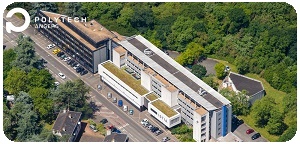
|